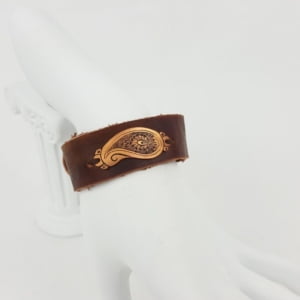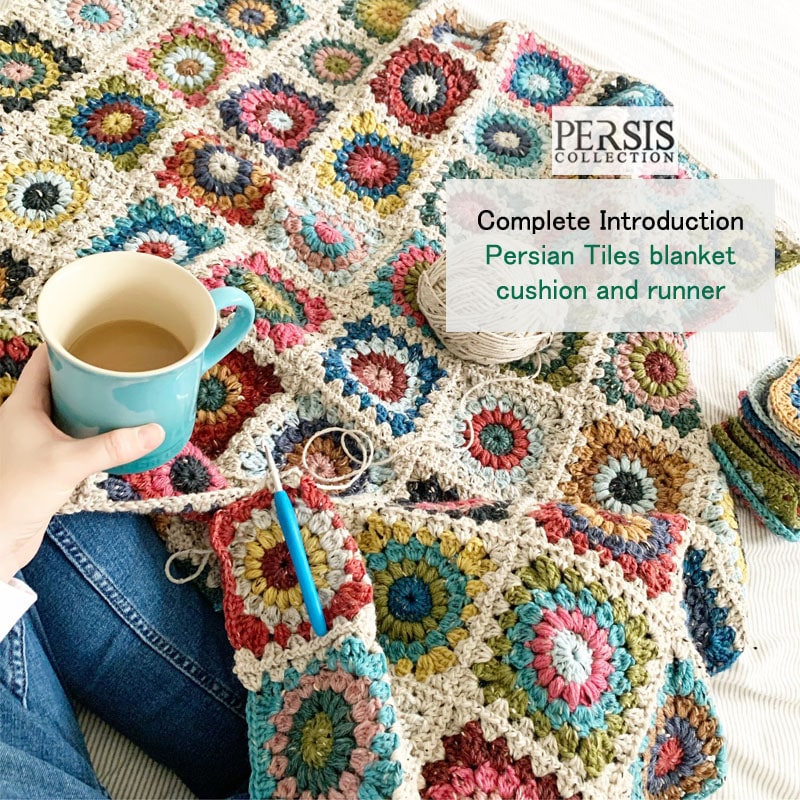Iranian Tiles vs Moroccan Tiles Unveiling The Distinctive Charm

- Persis Collection
- 6 May 2024
- Persian tiles
- 4 minutes
When it comes to interior design, the choice of materials can significantly influence the overall aesthetic. Tiles, in particular, can add a unique touch to any space. In this article, we will explore the differences between Iranian and Moroccan tiles, with a special focus on the beauty and diversity of Moroccan tiles. Tiles have been a significant aspect of architectural aesthetics for centuries, especially in Middle Eastern and North African regions. Two prominent styles that stand out due to their intricate designs and cultural significance are Iranian tiles and Moroccan tiles. Although they share some similarities rooted in Islamic art, there are notable differences that set them apart. Understanding the distinction between Iranian and Moroccan tiles enhances our appreciation for each tradition’s craftsmanship and legacy. Let’s delve into the beauty and uniqueness of these iconic tile styles, with a focus on the enchanting allure of Moroccan tiles.
The History and Artistry of Iranian Tiles
Iranian tiles have a rich history that dates back to ancient times. Known for their intricate designs and vibrant colours, these tiles often feature geometric patterns and floral motifs that reflect the country’s cultural heritage. The artistry of Iranian tiles is a testament to the skill and creativity of Iranian craftsmen. Traditionally, Iranian tiles were handcrafted using a variety of techniques, including haft-rangi (seven-colour) and mosaic faience. Glazed ceramics were commonly used, often arranged in square or rectangular shapes. This meticulous craftsmanship allowed Iranian tile artists to create elaborate wall murals.
The History and Artistry of Moroccan Tiles
Moroccan tiles, also known as zellige tiles, are a traditional form of Islamic art. These tiles are handcrafted by skilled artisans who use a combination of clay and glaze to create stunning geometric patterns. The result is a unique and eye-catching tile that is perfect for adding a touch of elegance to any space. Moroccan tiles, particularly the traditional Zellige tiles, have their roots in the Moorish period and Andalusian art. Influenced by Islamic and Berber art, Moroccan tiles became widely known for their geometric mosaics and rich use of vibrant colours. They were used not just for decoration but to symbolize religious concepts as well.
One of the key differences between persian tiles and Moroccan tiles is the way in which they are made. While Moroccan tiles are typically handcrafted using traditional techniques, Iranian tiles are often mass-produced using modern machinery. This means that Iranian tiles may lack the same level of individuality and character that is found in Moroccan tiles.
The Beauty and Diversity of Moroccan Tiles
Moroccan tiles, on the other hand, offer a different kind of beauty. Like their Iranian counterparts, Moroccan tiles also have a long history. However, they are distinct in their use of bold, contrasting colours and complex geometric patterns. Moroccan tiles are known for their versatility, as they can be used in a variety of settings, from kitchens and bathrooms to outdoor spaces. The unique charm of Moroccan tiles lies in their ability to blend tradition and modernity, creating a timeless appeal.
In terms of design, Moroccan tiles are known for their bold and intricate patterns. These tiles often feature geometric shapes and vibrant colors, creating a visually stunning effect. persian tiles, on the other hand, tend to be more understated in their design, often featuring floral motifs and softer, more muted colors.
Another difference between Iranian tiles and Moroccan tiles is the cultural significance behind them. Moroccan tiles have a rich history that dates back centuries, with many of the traditional techniques and designs still being used today. Iranian tiles also have a long history, but they are often associated with a more modern and industrialized approach to tile making.
Comparing Iranian and Moroccan Tiles
While both Iranian and Moroccan tiles are renowned for their artistic designs, there are notable differences between them. Iranian tiles tend to be more ornate, with detailed patterns that often depict scenes from Persian mythology or poetry. Moroccan tiles, meanwhile, are characterized by their bold geometric designs, which are typically symmetrical and feature a limited colour palette. The simplicity of Moroccan tiles, combined with their striking patterns, make them a popular choice for those seeking to add a touch of exoticism to their interiors.
Why Choose Moroccan Tiles?
There are many reasons to choose Moroccan tiles for your next design project. Their bold, geometric designs can add a vibrant touch to any space, while their durability makes them a practical choice for areas with high foot traffic. Moreover, Moroccan tiles are easy to maintain, making them an ideal choice for busy households. Whether you’re looking to create a traditional Moroccan-inspired space or a modern interior with a global twist, Moroccan tiles can help you achieve your design goals.
Conclusion
When it comes to choosing between Iranian tiles and Moroccan tiles, it ultimately comes down to personal preference and the specific needs of the project. Both types of tiles offer unique and beautiful options for adding style and character to any space, so it’s worth exploring the different options available to find the perfect fit for your needs. Whether you’re drawn to the bold patterns of Moroccan tiles or the timeless elegance of Iranian tiles, there’s no shortage of stunning options to choose from.
In conclusion, while both Iranian and Moroccan tiles have their unique charm, Moroccan tiles stand out for their bold, geometric designs and versatility. Whether you’re a homeowner looking to renovate your space or a designer seeking inspiration, Moroccan tiles are a great choice that can add a touch of exoticism and elegance to any design project.

 Handmade Paisley and Leather Bracelet
Handmade Paisley and Leather Bracelet 






Comments